





 |
 |
 |
 |
 |
 |
| LeSon Photography | profile | all galleries >> Visit ...2008 Pope Benedict XVI's US visit and our Northeast Pilgrimage >> Visit ...Massachusetts Pilgrimage >> Visit ..National Shrine of Divine Mercy >> Visit ....St Maria Faustina Kowalska, Poland | tree view | thumbnails | slideshow |
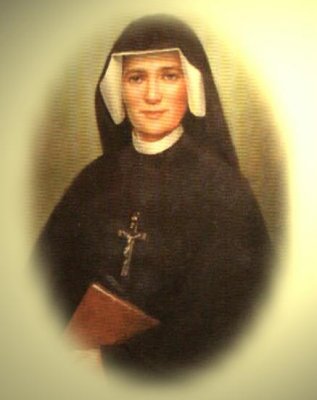 St Maria Faustina Kowalska |
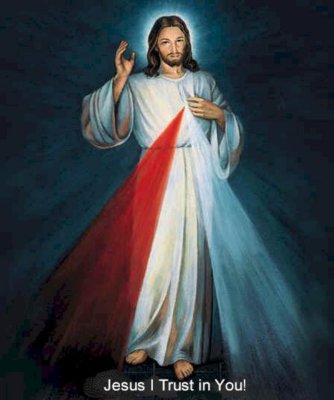 Vision: Jesus I trust in You |
 Vision notes |
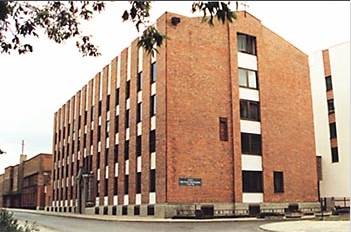 Congregation of the Sisters of Our Lady of Mercy |
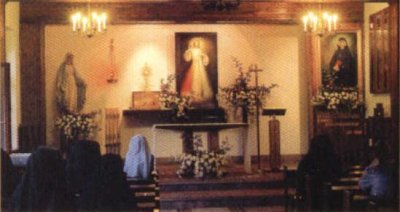 Chapel of Divine Mercy.JPG |
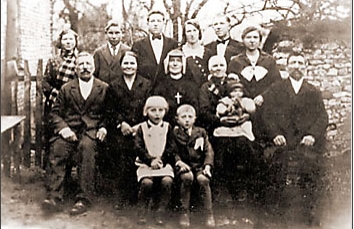 Kowalska family |
| comment | share |
| Vianney | 08-Mar-2016 16:40 | |
| outbi Sunday 08102848575 | 23-Feb-2016 19:55 | |
| NWOSU ALEXANDER | 15-Dec-2014 19:11 | |
| Chrysogonus chidindu | 12-Nov-2014 08:19 | |
| nanafire | 03-Oct-2012 21:50 | |
| Guest | 24-May-2012 08:17 | |
| Henry | 09-Apr-2012 14:46 | |
| Ifitemeka Emmanuel | 22-Sep-2011 15:00 | |
| Ifitemeka Emmanuel | 22-Sep-2011 10:12 | |
| mary l sumalinog | 12-Apr-2010 03:03 | |